Introduction to Wellness Tourism in Saudi Arabia

Wellness tourism refers to travel specifically designed to promote health and wellbeing through physical, psychological, or spiritual activities. Globally, this sector has seen substantial growth as more travelers seek to combine their holidays with activities that enhance their overall health. This trend is not just a fleeting fad but a profound shift in how people approach travel, aiming to return home feeling rejuvenated and enriched both physically and mentally.
In recent years, Saudi Arabia has emerged as a noteworthy player in the wellness tourism sector. The Kingdom’s strategic initiative, Saudi Vision 2030, is a nationwide plan aimed at diversifying the economy and reducing its dependence on oil. A significant aspect of this vision is the promotion of tourism, including niche sectors like wellness tourism. This initiative aims to transform Saudi Arabia into a global tourism hub, attracting visitors with its unique blend of traditional culture and modern amenities.

Saudi Arabia’s natural resources offer an unparalleled setting for wellness tourism. From the stunning Red Sea coastline, which is perfect for water-based activities and relaxation, to the vast expanses of serene deserts, the country offers a diverse range of landscapes that cater to various wellness activities. The Asir Mountains, with their cooler climate and lush greenery, provide an ideal backdrop for hiking and other outdoor pursuits that promote physical wellbeing. Additionally, the country’s rich cultural heritage and historical sites add a unique dimension to the wellness experience, allowing visitors to engage in both physical and spiritual rejuvenation.
Furthermore, the Kingdom’s commitment to developing world-class infrastructure and facilities ensures that wellness tourists will have access to top-notch services and amenities. Resorts, spas, and wellness centers are being developed to meet international standards, offering a wide range of therapies and treatments that draw on both modern and traditional practices. This holistic approach makes Saudi Arabia an increasingly attractive destination for those seeking a comprehensive wellness experience.
Natural Resources Supporting Wellness Tourism

Saudi Arabia, renowned for its vast deserts and rich cultural heritage, is increasingly becoming a hub for wellness tourism, thanks to its abundant natural resources. One of the key attractions is the country’s numerous hot springs, which are scattered across various regions. These mineral-rich waters are celebrated for their therapeutic properties, offering relief from a variety of ailments such as arthritis, skin conditions, and muscular pain. The hot springs in Al Ahsa Oasis, for example, are particularly popular among wellness seekers. The oasis, one of the largest in the world, not only provides rejuvenating waters but also a lush environment that contrasts beautifully with the surrounding arid landscape.
In addition to hot springs, Saudi Arabia’s natural parks are ideal havens for relaxation and mental well-being. These parks, such as the Asir National Park, offer a respite from the hustle and bustle of urban life. The park’s diverse flora and fauna, coupled with its cool climate, make it a perfect location for nature walks, picnics, and bird watching. Visitors often find solace in the tranquility these parks provide, which is essential for mental health and emotional balance.

The mountainous regions of Saudi Arabia, particularly those in Asir and Taif, also play a significant role in promoting wellness tourism. These areas are not only visually stunning but also provide ample opportunities for physical activities that enhance overall well-being. Hiking trails in the Asir Mountains offer breathtaking views and a chance to immerse oneself in nature, while the moderate climate of Taif makes it a favored spot for meditation retreats and yoga sessions. The combination of physical exertion and the serene environment helps to reduce stress, improve cardiovascular health, and boost mental clarity.
These natural treasures, from the therapeutic hot springs to the serene natural parks and majestic mountains, collectively create an environment that nurtures both the body and the mind. As wellness tourism continues to rise, Saudi Arabia’s natural resources stand out as key components in attracting visitors seeking health and well-being.
Current and Emerging Wellness Tourism Destinations
Saudi Arabia has quickly become a prominent player in the global wellness tourism market, offering a range of destinations that cater to health and well-being. The country’s wellness tourism landscape includes luxurious resorts, serene spas, and state-of-the-art wellness centers, all designed to provide holistic experiences for visitors seeking rejuvenation and relaxation.

Among the most notable destinations is the AlUla region, renowned for its stunning landscapes and rich historical heritage. The area boasts several high-end resorts that offer wellness programs integrating yoga retreats, detox regimens, and traditional healing practices. The Ashar Resort, for instance, provides a comprehensive wellness experience with its holistic spa treatments, meditation sessions, and nutrition-focused dining options.
Riyadh, the capital city, also hosts an array of wellness facilities. The Ritz-Carlton Riyadh features an exclusive spa offering a variety of health-enhancing treatments, from hydrotherapy to aromatherapy. Similarly, the city is home to several wellness centers that offer tailored programs, including fitness classes, stress management workshops, and mindfulness sessions.

Emerging wellness destinations are also on the rise, with several projects under development or in the planning stages. The Red Sea Project, an ambitious luxury tourism initiative, promises a host of wellness-focused resorts and retreats, leveraging the pristine coastal environment to offer activities like marine-based therapies and eco-friendly wellness programs. Similarly, NEOM, the futuristic mega-city project, envisions wellness tourism as a key component, with plans for innovative health and wellness hubs that incorporate advanced technologies and sustainable practices.
The Saudi government and private sector are actively investing in promoting these wellness tourism destinations. Initiatives such as the Saudi Vision 2030 emphasize the development of high-quality tourism infrastructure, including wellness facilities. Public-private partnerships are also fostering the growth of niche markets, with a focus on attracting international tourists seeking unique wellness experiences.
Overall, Saudi Arabia’s wellness tourism sector is characterized by a diverse offering of programs and activities. Visitors can engage in yoga retreats, partake in detox programs, explore traditional healing practices, and enjoy a variety of spa treatments. As the sector continues to evolve, the country is poised to become a leading destination for wellness tourism in the region.
Challenges and Future Prospects for Wellness Tourism in Saudi Arabia

Developing wellness tourism in Saudi Arabia presents a unique set of challenges that need careful consideration and strategic planning. One of the primary challenges lies in cultural perceptions. Traditionally, wellness tourism, with its diverse practices and philosophies, might clash with local customs and societal norms. Ensuring that wellness tourism offerings are culturally sensitive and aligned with Islamic traditions is essential to gaining acceptance and participation from both residents and visitors.
Infrastructure is another significant hurdle. Although Saudi Arabia is investing heavily in its tourism infrastructure, there is still a need to develop specialized facilities that cater specifically to wellness tourism. This includes the establishment of wellness resorts, spas, and holistic health centers equipped with state-of-the-art amenities. Adequate transportation networks and accommodation facilities need to be expanded and modernized to support the inflow of wellness tourists.
Regulatory requirements also play a crucial role. The wellness tourism sector must navigate through a complex web of regulations related to health, safety, and business operations. Streamlining these regulations and creating a supportive legal framework will encourage investment and innovation in this burgeoning sector. The government has initiated several regulatory reforms aimed at easing business operations and ensuring that wellness services meet international standards.


To overcome these challenges, the Saudi government and private sector are collaborating on various initiatives. The Saudi Vision 2030 blueprint emphasizes the importance of tourism, including wellness tourism, as a key driver of economic diversification. Investments in infrastructure, such as the Red Sea Project and the Al-Ula development, are set to create world-class wellness tourism destinations. Additionally, partnerships with international wellness tourism experts and organizations are being fostered to enhance the quality and appeal of local offerings.
Looking ahead, the future prospects of wellness tourism in Saudi Arabia appear promising. There is immense potential for growth in areas such as medical tourism, spiritual retreats, and holistic wellness programs. The anticipated impact on the economy is substantial, with wellness tourism expected to create job opportunities, boost local businesses, and contribute significantly to GDP. Furthermore, the societal benefits, including improved public health and increased awareness of wellness practices, could be transformative.
In conclusion, while challenges exist, the concerted efforts of the government and private sector, along with strategic international collaborations, are paving the way for a thriving wellness tourism industry in Saudi Arabia.




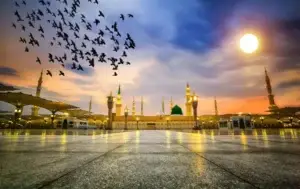


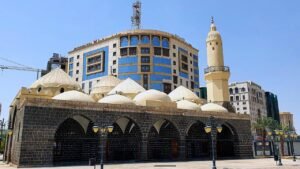








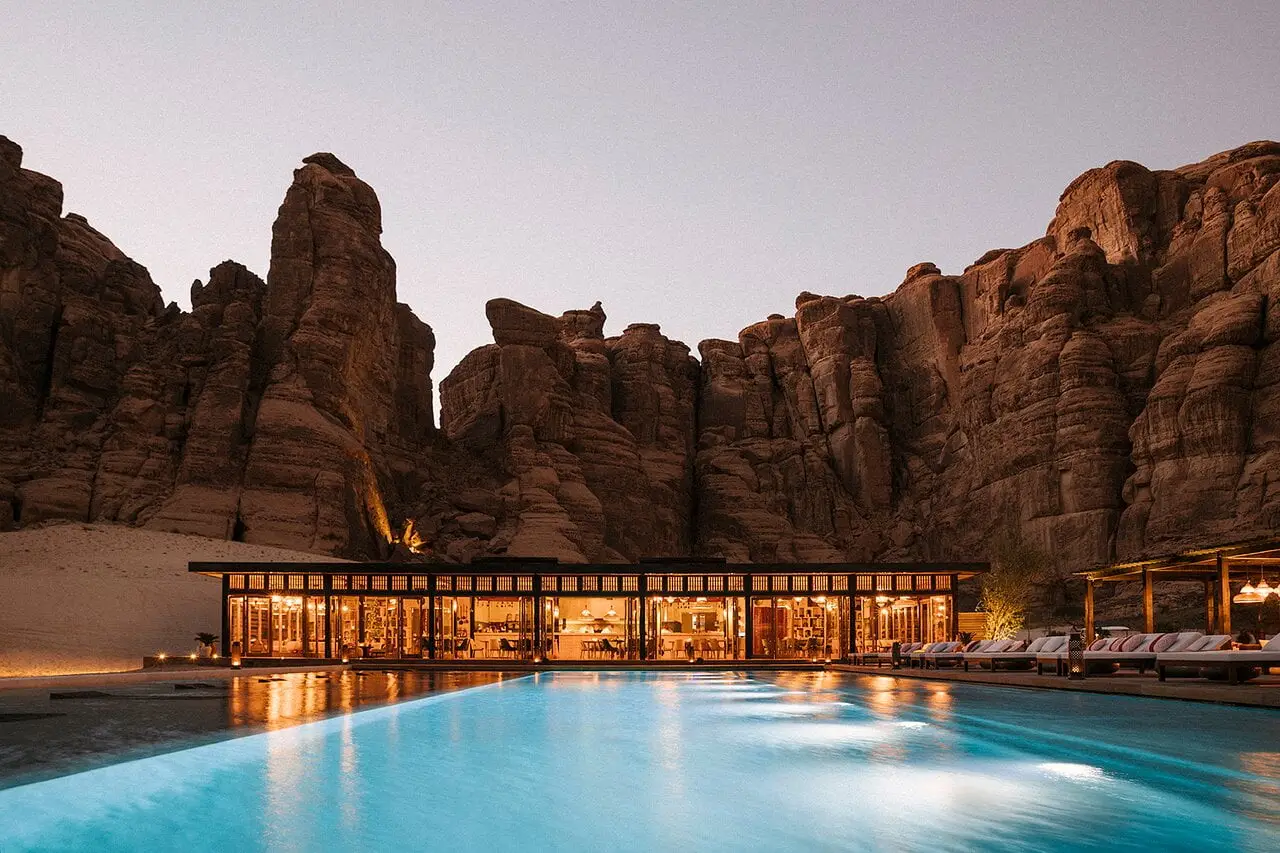
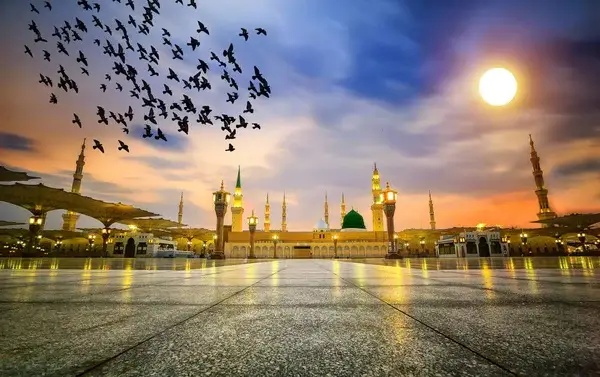






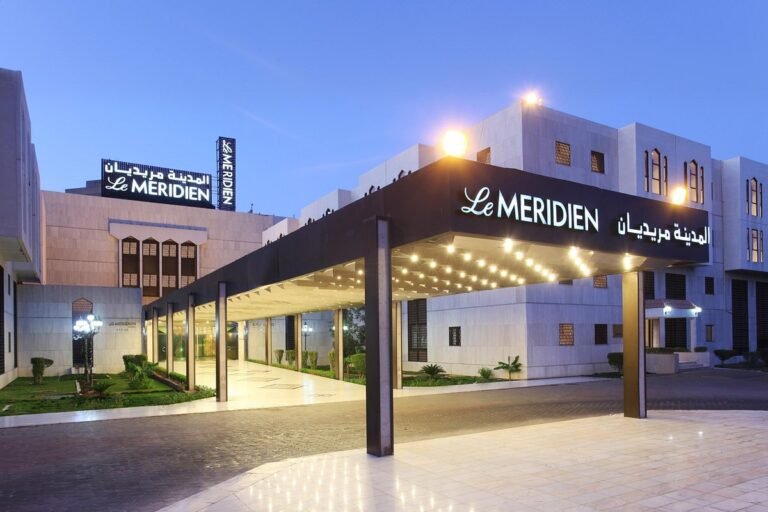
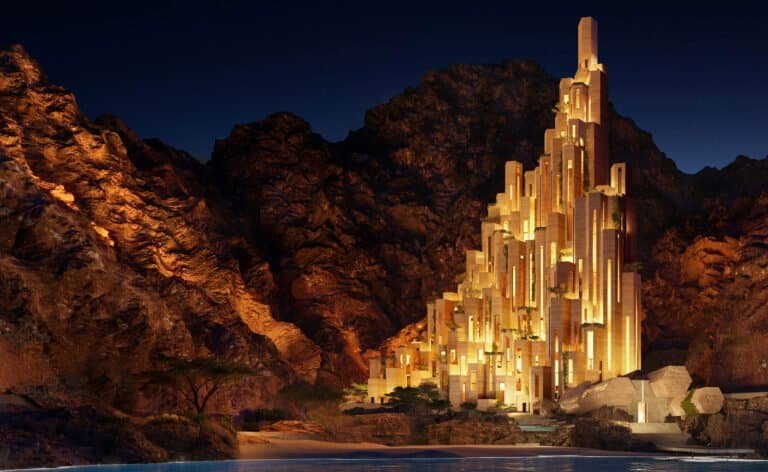


+ There are no comments
Add yours